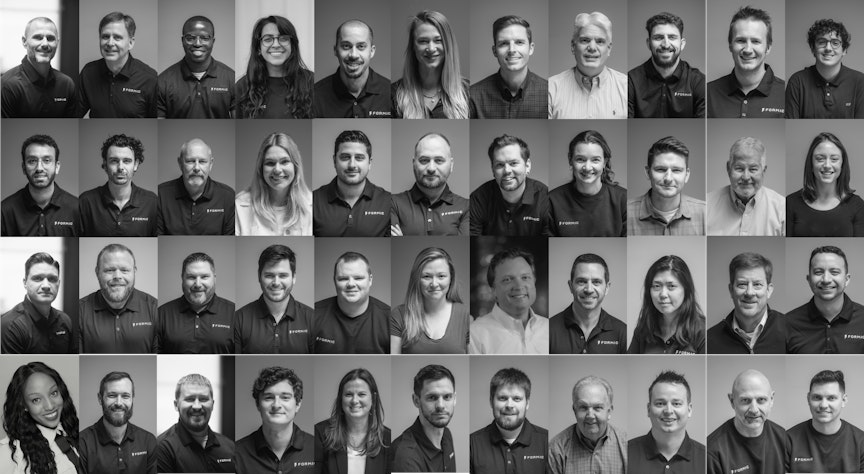The food and beverage industry plays a major role in the U.S. economy being the third-largest contributor to the overall U.S. manufacturing GDP as recorded by nist.gov. The USDA states food and beverage manufacturing plants account for 15.8 percent of the value of shipments and 14.7 percent of all employees in the manufacturing sector. On the other hand, unemployment remains high with 130,000 jobs unfilled as of October 2021 in the packaged goods industry. Labor costs are also rising, but demand remains strong. What is a direct solution to these problems?
Industrial automation has presented itself to be a desirable resource for manufacturers in many sectors. It provides a great opportunity to maintain uptime even when the production line is low on workers.
Robotics in the food and beverage sector is already an existing trend. According to Robotics Tomorrow, the food robotics market is expected to grow to an astounding $2 billion by 2027.
Reasons why robots are a good fit for the food and beverage industry:
- There is a growing need for efficient food packaging
- Digitizing processes with smart sensors and traceability gives an instant boost to productivity
- Robots reduce food safety risks, complying with demanding food regulation laws
- With advanced gripper technology, robots can reduce food waste in the production process
Robotic applications are not limitless, and some restrictions do apply. Still, advancements in robotic technologies are being made every year to combat the challenges inherent in food and beverage production. For example, companies like Soft Robotics are making improvements in gripper technology to better handle delicate or variable food products. (Check out this cool seafood automation video). Alongside these efforts, companies like Formic are also offering more flexible financing models, making robots more accessible to small and medium-sized manufacturers.
Taking a look at one of Formic’s customer case studies, Georgia Nut Company decided to automate for the first time near the end of 2021. Georgia Nut was experiencing staff shortages of up to 20 people per shift and needed to find a quick and easy solution. As a small to medium-sized food manufacturing facility, they found a low-risk, flexible option with Formic to deploy a palletizing system.
The results are clear. With a fully collaborative HC20 robot from Yaskawa, Georgia Nut is now capable of palletizing up to 10 cases per minute with only one person available at the line, repurposing all other individuals to work on tasks that require more advanced skills. Georgia Nut is now in a better position to fill orders and meet their demand with greater efficiency.
This is just one of the many possible success stories. Small to medium-sized manufacturers in the food and beverage space can experience the same benefits, but also in different kinds of applications. From palletizing, case packing, food quality inspection, to labeling and ready-to-eat food packaging, Formic customers can do it all.
To read more about Georgia Nut’s first robot deployment, look here.


